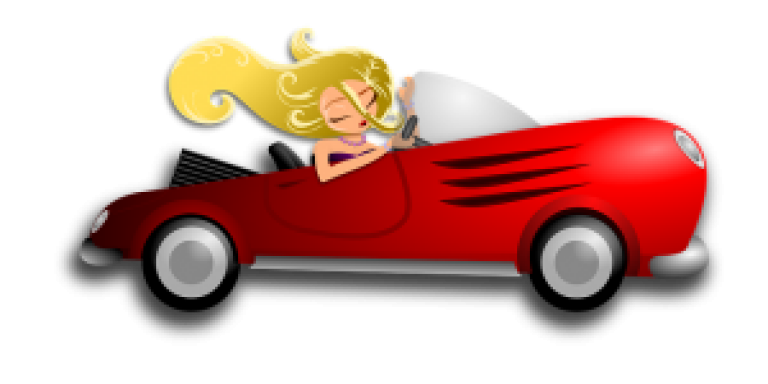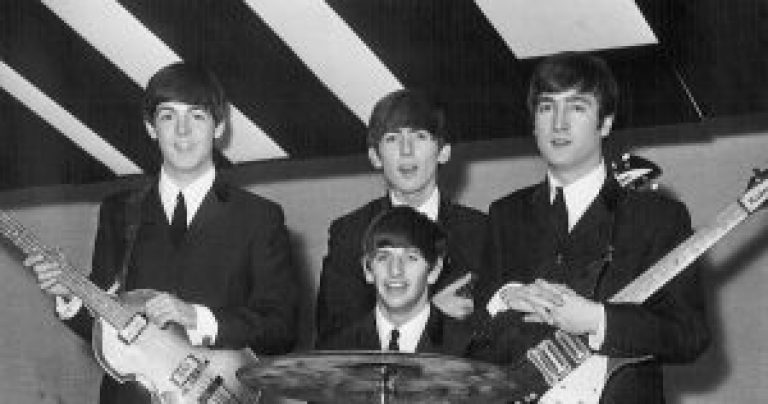How to Reduce Stress for Your Furry Pal – and Yourself – During a Move

Photo courtesy of Pixabay by jlvalente
Moving to a new home can be stressful for pet parents, but it is hard on us, too. Four-legged family members form strong bonds with their home environments. As you can imagine, they don’t understand what’s happening when they’re suddenly ripped from their former homes and placed in unfamiliar territory. They’ll have to adjust to new surroundings, new smells, and possibly even new climates.
We are creatures of habit and love sleeping on the blue rug under the window every day, so imagine our surprise when we suddenly have to sleep in the corner next to the cat. How would we get any sleep with all that purring? Being compassionate and taking a few strategic steps to reduce our stress during this traumatic adjustment will make the move an easier transition for both of us.
Prior to the move, get your dog or cat used to riding in the car. To reduce stress and anxiety, take your pet on short, frequent trips during the weeks prior to the move. Reward us with treats during these trips to keep our tails wagging. Also consider visiting a drive-thru that offers free treats for dogs. While you enjoy that rainbow frappuccino, we get to lick up the whipped cream goodness of a puppuccino. Eventually, your pet will start to associate the car rides with positive experiences and will be less stressed when it comes time to move.
If you’ve tried everything you can think of and your pet still hates riding in the car, or if you’re doing a long-distance move that will involve prolonged car travel, consider speaking to your veterinarian about your options. We don’t like it when a trip to the vet ends with a needle in our backside, but anything that will make those car rides less scary is okay by us. Sometimes, a mild sedative may be prescribed to make the journey easier on your cat or dog. Whenever any travel is involved, be sure you feed your pet at least three hours prior to departure. You can potentially reduce the amount of traveling your pet will have to endure if you hire a sitting service to look after them while you go through the transition.
Regardless of the type of pet(s) you have, on the day of the big move you should isolate your furry friends in one room with food, bedding and water. All of this should be done before the moving truck arrives. A “Do Not Enter” sign on the door and advance communication to any moving crew can help ensure that the door to this room remains shut at all times while the moving truck is being loaded. All the commotion gets us excited, and we might not be too happy about seeing our favorite napping spot being loaded up and whisked away. After the remainder of your belongings have been loaded into the moving truck, you can place your pet in a pet carrier (if applicable) while you pack up the contents of that room last.
After the move is completed and all furniture has been unloaded into your new home, allow your cat or dog to investigate the home independently, one room at a time. Your pets can sense your energy so try to remain calm and assertive at all times, so that your pet will feel calmer. We’ll adjust to our new surroundings, but we just need a little bit of time to scope out our new favorite spots.
Ideally, before letting your pet begin exploring the new home, you can help them feel more secure. Maybe you could hide a treat in every other room. We’ll get to explore and get tasty rewards! To make your pet feel even safer, spread their scent throughout the home. In addition to placing your pet’s old toys, bedding and bowls in the home, experts also recommend gently rubbing a soft cotton cloth or gloves on your pet’s neck, chin and head. This picks up your pet’s scent from around the glands near its face.
Afterwards, rub the cloth or gloves on corners of walls or the feet of furniture throughout the house. You won’t be able to smell the scent but your pets will, and it will help them feel more at home in their new surroundings. You can repeat this process once per day, if necessary, until your pet starts adjusting to the new environment.
As a final step for the move-in process, try to return to your previous routine as quickly as possible. This reduces stress for your pet and helps him or her get settled into the new home. If you always walk or feed us in the morning, please continue to do so. We like our new home but we like our routines too.
These tips can help your pet become familiar and start to feel at home in a new location. By reducing stress for your pet, there will be one less thing you’ll have to worry about during your relocation. Now, you’ll be free to focus on having a successful move, getting settled into your new home, and making new memories. Perhaps the first memory could be a trip to the pet store to pick up that new toy we’ve been eyeing.
Author Bernie the Boxer

Bernie is a seven-year-old boxer. He created BernietheBoxer.com so he’d have something to keep his paws occupied while his pet parents are at work.












 Health and Fitness
Health and Fitness #5 Snake Plant
#5 Snake Plant
 Teen Talk
Teen Talk
 Cantankerously Yours
Cantankerously Yours
 Mayor’s Column
Mayor’s Column








 I’m having my kids let you know what they think about summer vacation:
I’m having my kids let you know what they think about summer vacation:
 Paws-itive Press
Paws-itive Press




